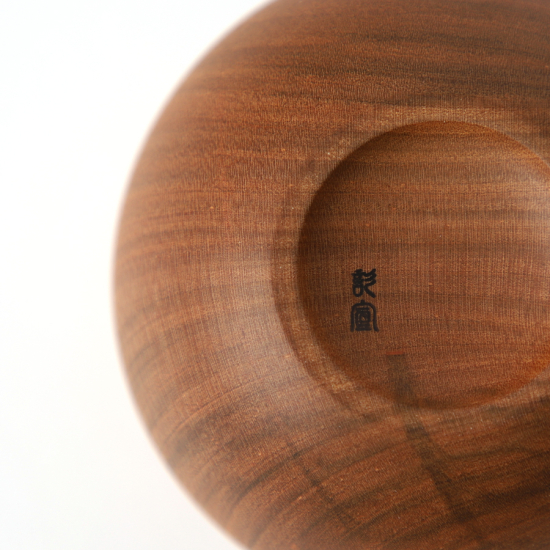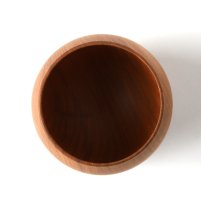Japanese lacquer, or urushi, is the clarified sap of the Asian lacquer tree, which has been used in Japan for thousands of years to coat objects such as crockery, furniture and buildings. When dried, the lacquer is both heat and water resistant and therefore provides protection and strength for the underlying materials, very often wood, but also bamboo, paper and leather. Lacquerware itself can be referred to as both urushi and shikki 漆器 (literally "lacquer vessel"), and with the development of acrylic resin in the last century, objects coated with synthetic lacquers such as food grade polyurethane are also considered urushi/shikki. Pure urushi is transparent, while the black and red lacquer colours most commonly associated with shikki are achieved by adding mineral pigments. On top of this, traditional decorative details such as golden maki-e "scatter pictures" or shell inlays called "raden" can be added.
Gato Mikio Teacup
Sakura Tamago
Gato Mikio
SKU
5466
A modest Yunomi teacup made of the heartwood and sapwood of the wild cherry tree, which gives it a subtle, elegant contrast. This lacquered piece is handmade by the traditional Japanese manufacturer Gato Mikio from Yamanaka. 190ml
| Item | Teacup |
| Maker | Gato Mikio 我戸幹男 |
| Origin | Yamanaka, Ishikawa, Japan |
| Volume | 190ml |
| Dimensions | Ø8.3 x 8.1cm |
| Weight | 98g |
| Material | Japanese sweet cherry wood |
| Glaze | Polyurethane lacquer |
| Production | Rokuro-biki technique; wood turned by hand, requiring high skill and many years of experience |
| Artist's Stamp | Yes |
In stock


















